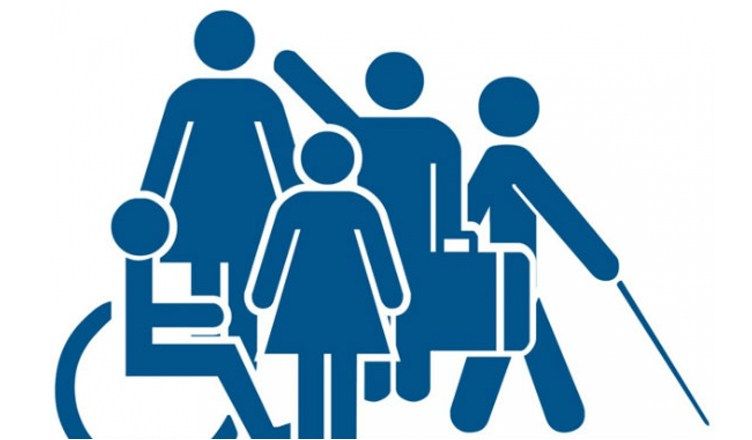There are many different kinds of disability in the world, and not all of them affect a person's mobility. Some disabilities are not easy for an outsider to detect and can therefore be overlooked despite their legitimacy. Similarly, when a disability is hidden and still affects a person's mobility, this can make it even more difficult for them to receive the consideration they require. Here is a short list of disabilities that have an impact on a person's mobility and how they often differ.
What is Limited Mobility?
Not all limited mobility looks or feels the same. Depending on the person's condition, the severity of their disability, and the measures they use to overcome any obstacles it poses, their disability might only impact their mobility in minor ways. Some people experience disability with a range of mobility limitations, such as being able to walk sometimes and not others, whereas some people don't walk at all. Mobility issues can also affect other movements such as grip, reach, and dexterity. For example, a person may be able to walk but have mobility issues that impact their shoulders and neck, making it difficult for them to turn their head.
Sensory Loss
Losing a sense can also have an effect on a person's mobility. Without sight, for example, an individual might require more external assistance in the form of a stick or guide dog to navigate their surroundings safely. While people with vision loss might not have mobility issues that restrict their bodies' movements, their mobility is still impacted to a certain extent by their senses.
Neurological Disabilities
Sometimes a disability can have an impact on a person's mobility even if the body parts, bones, and muscles themselves have no discernible conditions. Neurological disabilities such as multiple sclerosis can affect a person's nerves and limit their mobility by restricting the brain's connection to different parts of the body. If you or a loved one has difficulty with mobility, you can find out more about accessible vehicles at alliedmobility.com. Having a form of transport that can accommodate mobility requirements can make life a lot more enjoyable and free.
Chronic Pain
There are many conditions that can lead to chronic pain. When someone is regularly experiencing physical discomfort for whatever reason, this can negatively affect their ability to move. Sometimes chronic pain is an invisible disability that cannot always be detected by onlookers. Depending on the condition and the extent of its effects, the individual may sometimes have full mobility and other times have none.
Limb Loss
Losing a limb can be the result of injury or illness. Fortunately, there are ongoing technological developments to help make the loss of a limb less traumatic by more accurately replicating the movements with prosthetic assistance. For example, some people with no legs are still able to walk with the help of prosthetics.
As you can see, there are so many ways that a person's mobility can be restricted by disability and illness. It isn't always clear why someone might be experiencing impacted mobility, and everyone deserves dignity and respect.






